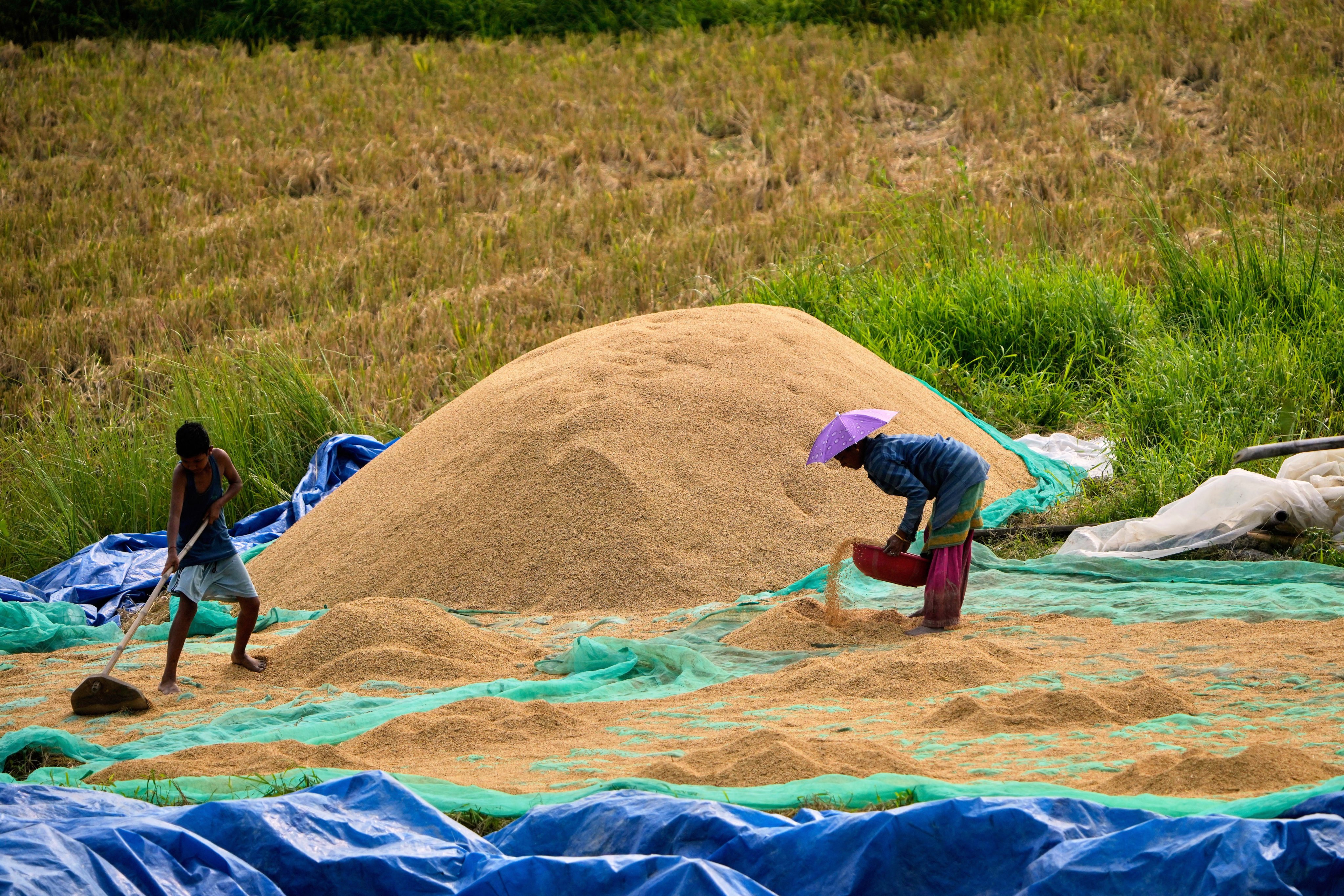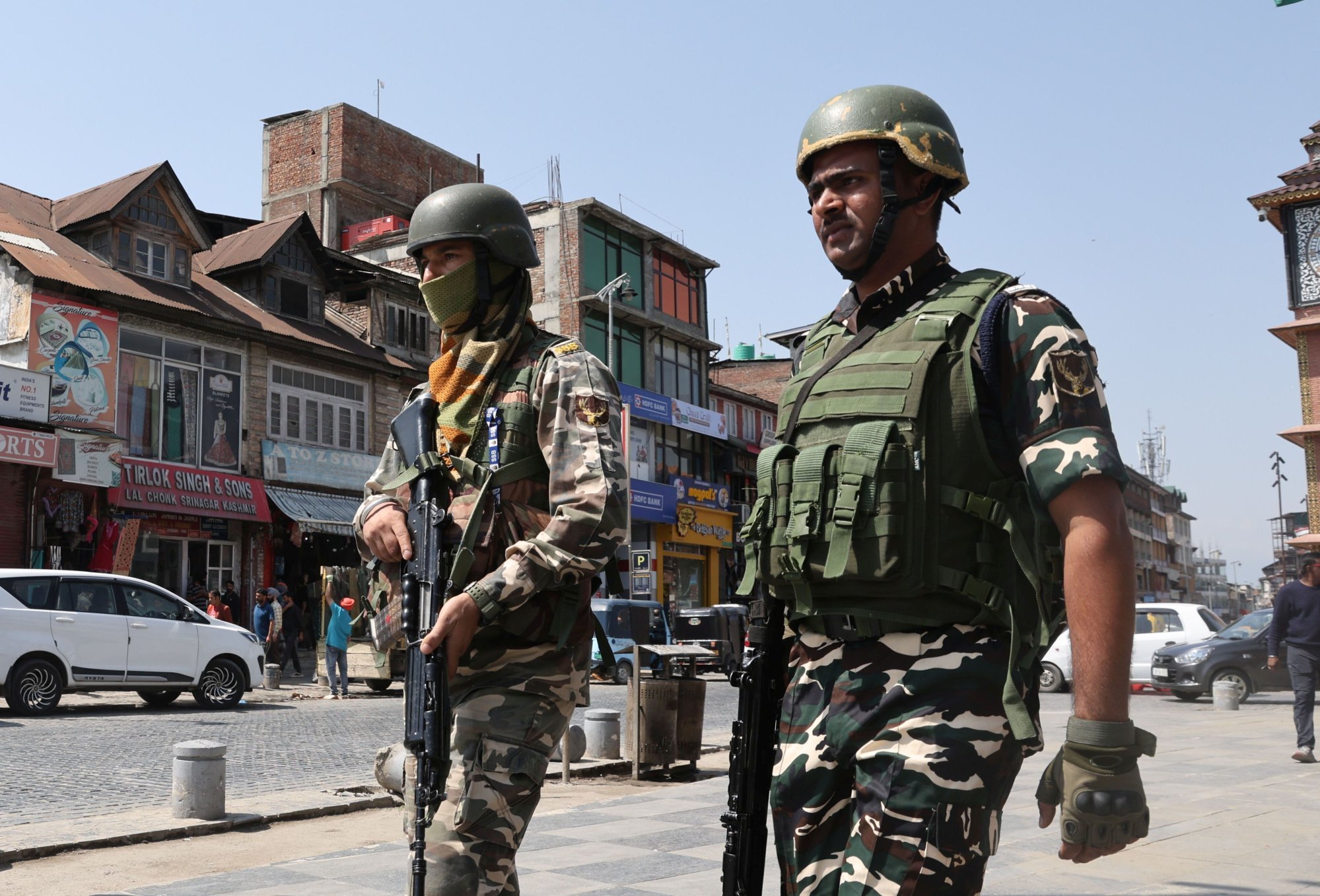India eyes more rice exports as tensions with Pakistan ease, monsoon starts early
Rice prices have stabilised in Asia after they spiked over supply concerns resulting from the conflict between India and Pakistan

India is looking to increase rice exports following an early start to the monsoon season and de-escalation in tensions with Pakistan, raising hopes that the world’s top rice exporter can help stabilise prices in the volatile global market.
Monsoon rains arrived on May 13 – about a week earlier than usual – in India’s southernmost territory, the Andaman and Nicobar Islands, and are expected to be above normal and evenly distributed for a second consecutive year, according to D.S. Pai, a senior scientist at the India Meteorological Department.
The rains are forecast to reach the southern mainland state of Kerala by May 27, slightly ahead of the typical onset in early June.
Only parts of the country’s northeast and southern interior might see below-normal rainfall, Pai said.
The monsoon season – typically between June and September – brings around 70 per cent of India’s annual rainfall. Rice cultivation is highly dependent on the monsoon rainfall in the Indian subcontinent.
Traders said prices of rice had started stabilising in India after a 10 per cent to 12 per cent jump recently amid soaring tensions between India and Pakistan. A ceasefire has been in place since May 10 after both countries negotiated an end to their latest clash.

Rice export prices in major Asian hubs were subdued last week with Indian prices close to their lowest level in nearly two years. The decline was partly caused by Indonesia halting rice imports recently due to high inventories.
Vijay Setia, former president of All India Rice Exporters Association, said that different types of India’s premium rice variety, basmati, were selling about US$1,200 to US$1,700 per metric ton in international markets. Indian rice varieties were being quoted marginally lower – or about US$50 per ton less – than Thai and Vietnam rice of similar grades, he added.
India’s 5 per cent broken parboiled rice variety was quoting at US$384-US$391 per ton last week, unchanged from a week ago, while 5 per cent broken white rice was priced at US$378 to US$385 per ton, according to a Reuters report.
Setia said rice demand would likely improve in the coming months and cause a rise in prices.
The conflict had initially sparked fears the two countries would stock up rather than export rice due to the prospect of a full-blown war. There were also concerns about a possible port blockade, which had since subsided, traders said.
“We are hoping to increase rice exports this year. Prices are likely to be stable,” said Satish Goel, president of All India Rice Exporters Association. “We will get a clear picture only after June 15 by when sowing of the crop in most regions would have started [by then].”

Exports from India and Pakistan, the fourth-largest rice exporter, are crucial for parts of Southeast Asia such as Malaysia, Cambodia and Laos, which need to import the food staple as their domestic supplies are not able to meet requirements.
The Middle East and Central Asia are also big buyers of rice from the Indian subcontinent.
Indian shipments are also likely to rise further after the government last year dismantled minimum export prices for basmati, a premium rice variety, to help thousands of farmers, who had complained about a lack of access to lucrative overseas markets.
State agencies in India, which have boosted massive rice stockpiles to meet welfare goals, have routinely auctioned off surplus grain to domestic traders. Their huge volumes have weighed on prices in the region and squeezed margins of competitors like Thailand and Vietnam.
“India seems to be in a good position. Prices have started plateauing,” said Prem Garg, national president of All India Rice Exporters Federation.
There are speculations over whether India’s decision to suspend a treaty to share water in the Indus River, which governs most water flows from the river to Pakistan’s agricultural land, would have any impact on the rice market. The two countries are expected discuss the issue some time soon, according to analysts.
Climate experts said one of the issues India and Pakistan would need to tackle was managing water flows in response to the changing patterns of monsoon rains. During the June-September monsoon season, periods of intense rains are typically followed by dry periods.
India-US trade talks
Indian rice exporters are eyeing a modest pickup from an expected trade deal between India and the United States, with the first tranche of the agreement expected by September.
The US had imposed a so-called “reciprocal tariff” of 26 per cent on Indian imports, as part of efforts by Washington to reduce its deficits with trade partners around the world. Trump later paused the tariff for 90 days but retained a baseline 10 per cent levy for global imports.
Indian Commerce Minister Piyush Goyal is leading a delegation of trade negotiators to Washington this week.